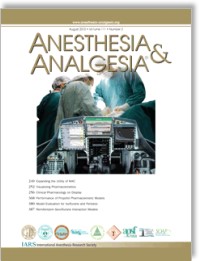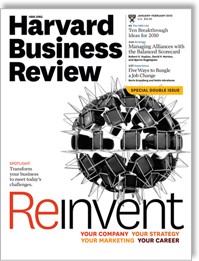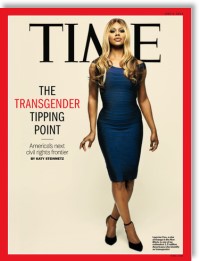Evaluating Articles
Your instructors may require you to cite articles in your assignments. Learn what “peer-reviewed” means and how to identify the differences between peer-reviewed, trade journal, and popular magazine articles.
Types of Articles

Peer-Reviewed
Black and white, graphs
No ads
Field-specific jargon
Citations
In-depth, long articles

Trade
Colorful, glossy covers
Industry-related ads
Field-specific language
May not cite references
Varied article length

Magazines
Colorful, glossy
Many ads
Easy to understand
No citations
Short articles
Peer-Reviewed Articles
For the most part, your instructors will ask you to cite peer-reviewed articles in your papers. Learn why your instructor wants you to use peer-reviewed articles and how to find them below.
What Are Peer-Reviewed Articles?
Peer-reviewed articles are scholarly articles that were reviewed by research experts before they were published. The process of peer review helps to ensure that each published article is unique, accurate, credible, and objective. Ultimately, peer-reviewed articles save you time because they were already evaluated by an expert, so you don’t have to…as much. Plus, they help you:
- establish credibility;
- provide evidence for your arguments;
- enhance the quality of your assignments.
Who writes peer-reviewed articles?
Peer-reviewed articles are mostly written by professors as well as researchers and practitioners. Authors publish peer-reviewed articles with the intent of sharing research findings with other researchers, professionals, and students. You can typically find author credentials on the first page of the article.
How do I find peer-reviewed articles?
You can find peer-reviewed articles in SuperSearch by checking the peer-reviewed articles box, which will limit your search to only peer-reviewed articles. To find peer-reviewed articles:
- Enter keywords into SuperSearch.
- Look at the lefthand column on on your results page (under Refine Results).
- Mark the box labeled Peer-Reviewed Articles.
- Wait for the page to refresh.
- Voila! All search results come from peer-reviewed journals.
Note: When you restrict a SuperSearch search to bring back only peer-reviewed articles, those results will still contain editorial and opinion pieces, book reviews, news blurbs, and other types of short, non-scholarly articles. These types of articles appear in peer-reviewed publications but are not acceptable for academic research. Yikes! Always evaluate your sources before including them in your research.
How do I know if an article is peer-reviewed?
If you find an article outside of SuperSearch, and you’re not sure if it’s peer-reviewed, search for the journal’s website using Google. Most journals include information about their editing and review process.
How do I read peer-reviewed articles fast?
Peer-reviewed articles are organized into sections (i.e., abstract, introduction, literature review, methods, results, conclusions, references). Because their structure is so standardized, you can often skip certain sections to speed up the reading process. We recommend only reading the entire peer-reviewed article if:
- you are conducting a research study;
- your assignment requires you to evaluate the research methods used;
- your article is a literature review or meta-analysis.
Recommended Reading Order
Otherwise, we suggest that you save time by reading peer-reviewed articles in the following order:
- Abstract
Read the Abstract to determine if the article is relevant to your research topic. The abstract is a summary of the article, and it highlights the research’s key findings and population studied. - Discussion
Read the Discussion section to find the researchers’ interpretations of the results and the answers to the research questions. - Conclusion
Read the Conclusion to learn about the significance of the research results in a larger context and the gaps that need to be filled by future research. - Introduction
Skim the Introduction to find the research questions and researchers’ rationale for conducting the study. - Literature Review
Skim the Literature Review, which outlines previous research on the topic and puts the researchers’ work in context. - Methodology
Skip the Methodology section unless you need to know how the research was conducted or determine the credibility of the research method. - Results
Skip the Results section unless you need to examine uninterpreted or raw results of the research. - References
Skim this section to find additional relevant resources on your topic.
How do I evaluate peer-reviewed articles?
Use the CRAP (Credibility, Relevancy, Accuracy, Purpose) test to evaluate peer-reviewed articles. Watch our videos to learn more.
Watch and Learn More
Peer-Reviewed Process Tutorial
Watch our peer-review process tutorial to learn more about finding, reading, and organizing information from peer-reviewed journal articles.
